2018 has come and gone a lot faster than many of us would have liked. We got a bunch of new smartphones, and with them, a lot of new technology as well. Some of them were novel, some of them were downright useful, and there are quite a few features that we’re hoping will become a trend in 2019.
1. Foldable screens
With Samsung officially taking the wraps off their foldable phone prototype at the Samsung Developers Conference in 2018 and with plans for a launch in 2019, it seems that we can expect to see foldable phones become a thing this year. However, Samsung is not alone in their efforts at making foldable phones.
In case you have not heard, other companies such as Huawei have confirmed that they are planning on launching a foldable smartphone this year as well. We have also heard rumors that Lenovo, LG, and OPPO are also working on such devices, but whether or not they’ll be launched this year remains to be seen.
For those who might be wondering why the sudden interest in foldable devices, it seems that this could be due to Samsung’s display technology being stolen. A report from CNN in November last year revealed that the company’s foldable technology had been stolen and sold to various firms in China. While we’re not saying that the companies we mentioned above were involved, it basically means that the “secret” (or at least Samsung’s method) of creating truly flexible displays is out, so we wouldn’t be surprised if more companies were to adopt it moving forwards.
The jury is still out on whether foldable phones will be useful or if it will be novel, but it’s still something to look forward to in terms of advancements made in technology.
2. Artificial Intelligence
The use of AI on smartphones isn’t really new, but we’re hoping to see this trend continue in 2019, especially in areas like the camera and photography. If anything Google can be largely credited for making the case of using AI in camera technology on smartphones. While others were using dual lens designs for their cameras, Google had initially stuck to the use of a single lens for its Pixel phones, but yet it managed to achieve similar (some might argue and say it’s better) results compared to other devices.
This is thanks to the use of AI, which Google has since further advanced with the Pixel 3 and its Night Sight mode. This allows users to capture photos in low-light scenarios that come out (relatively) clear and somewhat noise-free. The feature has since been brought over to other phones, but at the same time other companies such as Samsung have been rumored to be working on a similar feature of their own called “Bright Night”.
Also as we’re seeing smart speakers become more ubiquitous, we expect that companies such as Google and Amazon will improve on their AI digital assistants, which in turn should see those improvements make their way to our smartphones as well.
3. In-Display Fingerprint Sensors
Vivo kicked off 2018 by showing off its smartphone with an in-display sensor. However, its adoption was somewhat lukewarm, at least as far as phones available in North America are concerned. There are rumors that Samsung could be working on bringing the tech to some of its flagship phones of 2019, like the Galaxy S10 or maybe the Galaxy Note 10, which hopefully will encourage more phone makers to adopt the technology.
There are some pretty clear benefits of using an in-display sensor as it gets rid of the sensor which is usually placed on the back of the phone, which in terms of design is rather unsightly. It also allows phone makers to create an edge-to-edge display without having to worry about a chin to house the fingerprint sensor.
Plus there are also some users who still feel that fingerprint sensors are better in terms of efficiency. While some might argue that facial or iris recognition could be more secure as it would be harder to clone, the fact that you need to hold your phone up to your face just to unlock your phone isn’t as convenient as just placing your finger on the fingerprint sensor.
4. Facial Recognition
Last year a test conducted by Forbes involving a 3D printed head proved to be successful when it came to fooling the so-called facial recognition systems on Android phones. However hopefully in 2019 we can expect to see more smartphone makers create devices that have more robust facial recognition system that will be better at identifying real faces versus 3D printed faces or photographs.
Samsung could potentially help lead the way with that as we have heard rumors that the company could have a variant of the Galaxy S10 that could feature Time of Flight sensors. These sensors have the potential to help make better facial recognition systems.
5. Faster Wireless Charging
Wireless charging technology has been around for a while now, but we’re starting to see more phone makers incorporate the technology into their products. The only problem with wireless charging is that it is slower compared to wired, especially with more phones starting to feature fast charging technology which has widened the gap even further.
Also, the problem with proclaimed faster wireless charging is that this is also dependent on the phone and wireless charger you have. This means that even if you have a wireless charger that has a power output of 10W, if your phone does not support it then you won’t be able to get the most out of it. Hopefully, 2019 will see that change by introducing devices that will support faster wireless charging.
6. Getting Rid Of The Notch
Essential was the first to introduce a smartphone with a notch, but it wasn’t until Apple’s iPhone X that people truly started to kick up a fuss about the design. Since then we’ve seen a variety of notched designs, ranging from designs that seem to be a copy of Apple’s design, to others that try to minimize it as much as possible.
With companies such as Samsung and Huawei starting to introduce notch alternatives like a hole-in display, hopefully 2019 will bring us more smartphones that get rid of the notch, or we can start seeing more hole-in displays as an alternative. We doubt that 2019 will be the year of completely notch-free designs, but one can hope!
7. 5G
Most of the major carriers in the US started to introduce some form of 5G back in 2018, such as 5G hotspots which were designed to showcase how fast 5G speeds could be. However, in 2019, it is expected that these carriers will begin to roll out coverage for 5G on our smartphones. What this also means is that we can look forward to smartphone companies to start releasing phones that are compatible with 5G.
All the major carriers have announced that they are working with Samsung on 5G smartphones, and other handset makers such as Huawei and OnePlus have also announced their plans to launch a 5G smartphone in 2019. However there is the question of whether the initial batch of 5G smartphones will end up being like 4G phones back in the day, where they were known to have pretty poor battery life, but with all the advancements we’ve made, that won’t be the case!
8. Support for eSIM
eSIM technology is slated to replace regular SIM cards as it means being able to remove the slot needed for a physical SIM card in devices, allowing them to be slimmer and lighter and make room for other features. It also means easier activation on other networks and carriers as it can all be done via software as opposed to having to swap SIM cards in and out.
We’ve seen quite a few Android devices adopt eSIM technology, like with the Google Pixel 3, Pixel 3 XL, and some Xiaomi devices, but like we mentioned above, some of the advantages offered by eSIM will encourage more handset makers to adopt the technology for their smartphones this year.
9. Better Battery Life
While batteries on our smartphones are getting bigger in terms of their capacity, yet we still haven’t quite hit that point like back in the feature phone days where our phones would last for days on end. Instead for the most part, a lot of times our smartphones will last for a day or two at most, with the majority probably charging theirs on a daily basis.
A study conducted by The Washington Post back in late 2018 found that battery life on our devices are actually getting worse, despite them getting bigger. This is said to be due to the increase in performance and new features, in which battery technology can’t quite keep up with it yet. We can expect to see flagship smartphones in 2019 adopt the use of Qualcomm’s Snapdragon 855 chipset which promises more power efficiency, where tasks will be performed faster, but will use up less energy.
There are other factors that will affect battery life, but this is definitely something we’re sure many can appreciate.
10. Augmented Reality
Augmented reality has been creeping its way into our phones, and last year when Huawei announced the Mate 20 Pro, one of the nifty things that they did was put a virtual panda on stage where it could walk and dance as if it were really there. Given that augmented reality does seem to have quite a bit of practical use in the real-world, like overlaying information on top of objects, this is something we can see more smartphone makers and app developers introduce to devices in 2019.






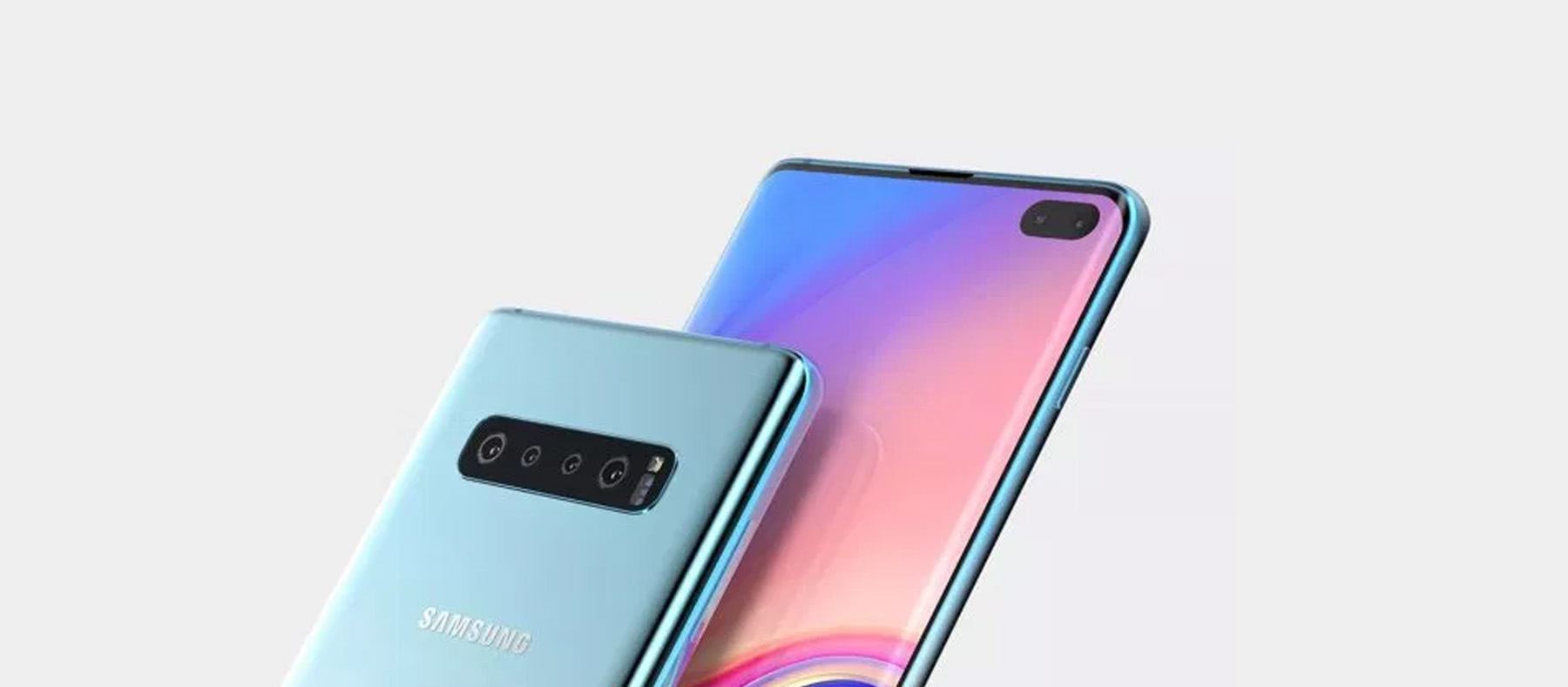



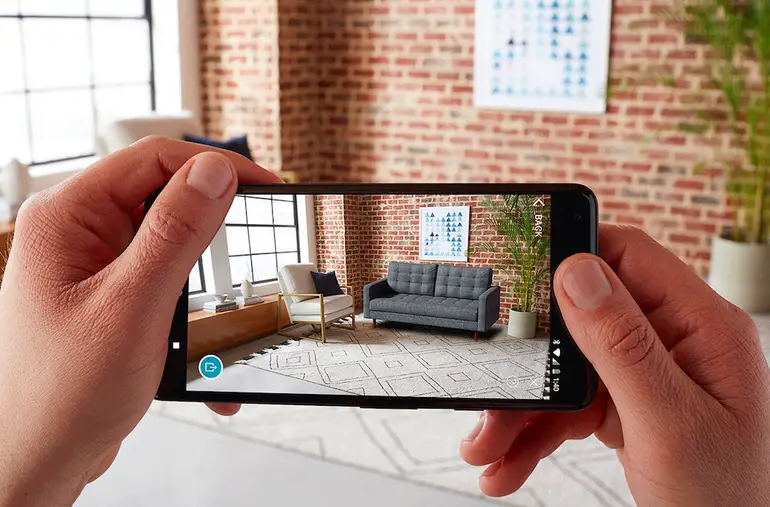
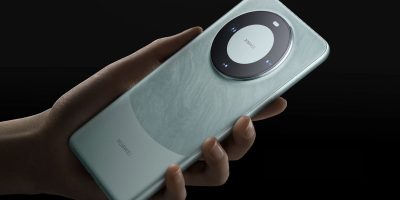

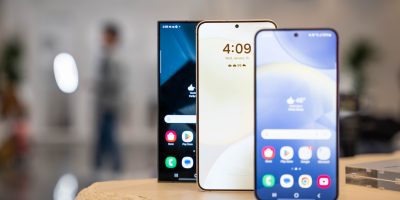

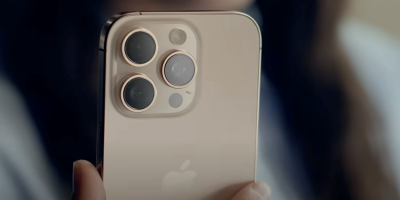
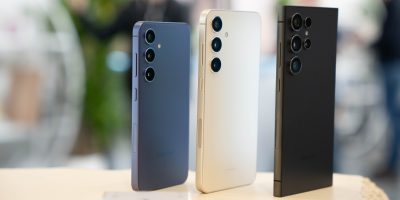

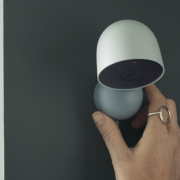


Comments